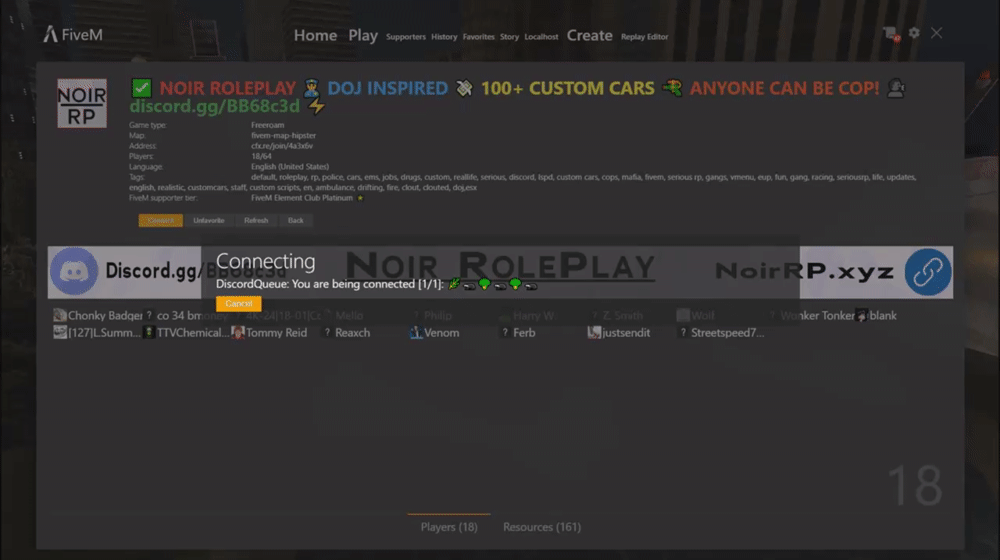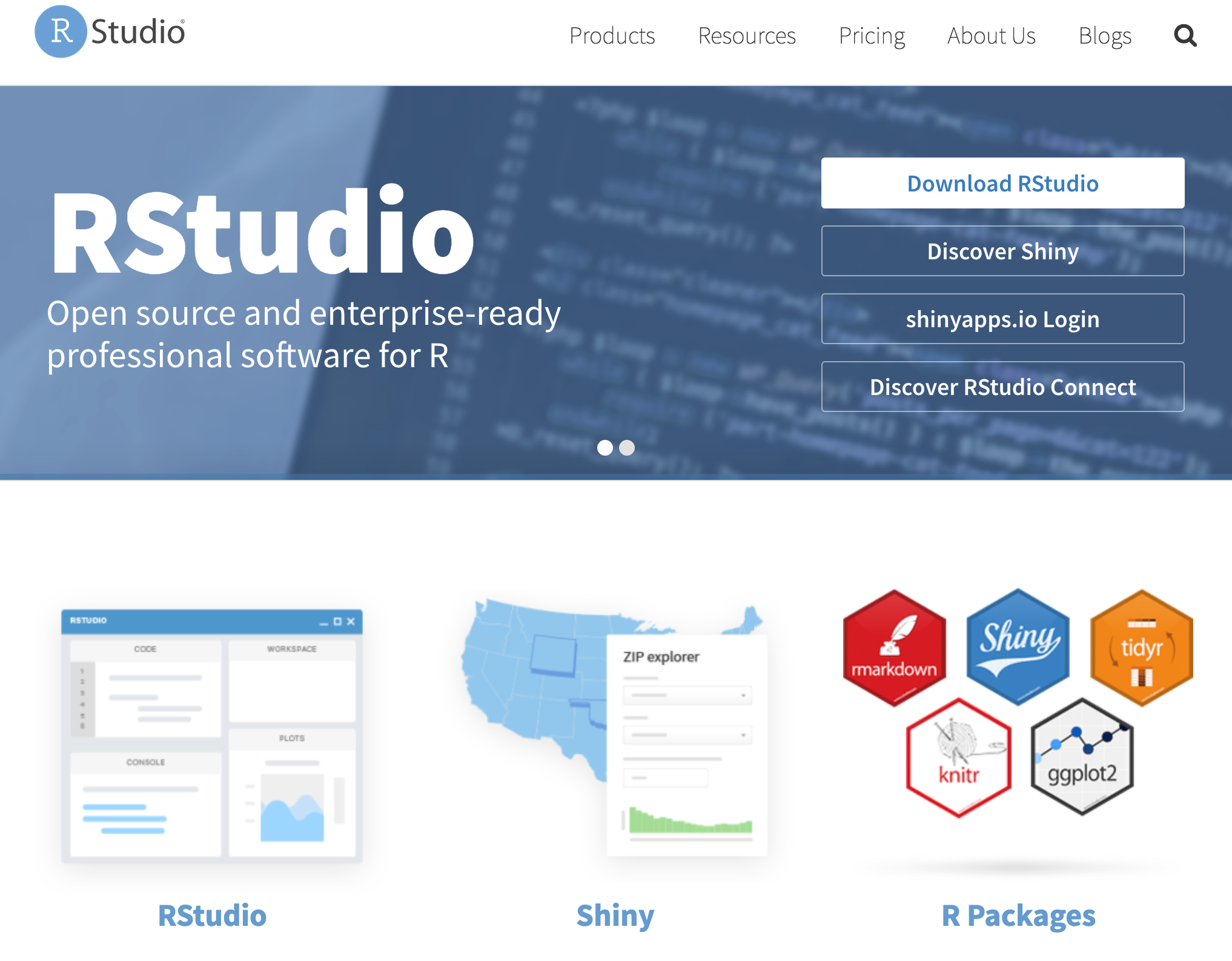

- #Connecting rcode to github for free#
- #Connecting rcode to github how to#
- #Connecting rcode to github zip file#
- #Connecting rcode to github update#
It’s pretty basic and limited but works for simple apps. Image 3 – Running an R Shiny app from a GitHub gistĪnd there you have it. Log in to your GitHub account and select a New Gist option under the plus sign in the top right corner. Our app only has a single file ( app.R), so let’s proceed with gists. There are other, more advanced options, such as GitHub actions, but it’s out of the scope for today’s article. You can load the Shiny application directory from a GitHub gist in R.
#Connecting rcode to github how to#
The best practice is to include a readme file to instruct the reader on how to get started. As a repository – Recommended approach, especially if your app is broken into multiple files.You have two options if you want to share R Shiny apps through GitHub: Then you can customize your new Shiny templates in less than 10 minutes with our guide on developing Shiny dashboards. You can download several of Appsilon’s Shiny Templates for free. We have a solution if you want something more advanced, but don’t have the time to build it. It’s nothing to write home about but will serve us just fine to explore sharing options. To recap, the app has a single input and a single output element, and both are text-based. Here’s what you’ll see once you run the app: Open RStudio and create a new file called app.R. Think of it as a “Hello World” for R Shiny.

We’ll create a simple web application that lets users enter their names, and Shiny then greets them with a custom hello message. This section should feel easy even if you know nothing about R Shiny. Shiny Server – If You Want To Do It Yourself.

#Connecting rcode to github for free#
ShinyApps.io – Share your R Shiny Apps for Free.Interested in R beyond Shiny? Learn to make PowerPoint presentations with R Markdown. We’ll cover a few of the possibilities today, and leave edge cases for some other time.
#Connecting rcode to github zip file#
There are numerous ways you can approach this, from sharing your code as a zip file to Docker images. To do so, you have to find a way to share R Shiny apps. Editing projects on Overleaf v2 now requires you to log in first.Let’s face the facts – you want your amazing dashboards seen by the world. Overleaf v2 also requires you to log in using your Overleaf email address and password, whereas v1 did not.
#Connecting rcode to github update#
You will need to move projects from Overleaf v1 to Overleaf v2 and update their git remotes and/or submodules in order to keep working on them. You can find the new git remote for your project by opening the project, going to the Menu in the top left, and choosing Git from the Sync section. On Overleaf v2, the git remote format has changed, compared to Overleaf v1. You can then push and pull each submodule repository to/from Overleaf individually and still have them collected together as submodules in the project on GitHub. Add an Overleaf Project as a Git SubmoduleĮach project on Overleaf gets its own git repo, but if you want to organise several such projects into one git repo on GitHub, you can add the repo for each project as a git submodule in the usual way. If you have a project on Overleaf that you want to push to GitHub, you can git clone the project from Overleaf and then follow GitHub's instructions to push the repo to GitHub. If you have an repo on GitHub that you would like to create as a project on Overleaf, you can push it to Overleaf as a new project via git. The instructions below reference GitHub, but the process is the same GitLab, BitBucket or other hosted git providers. There are two main ways to use Overleaf with a project on GitHub, GitLab or BitBucket using our raw git access feature: add your Overleaf project as a remote, or add it as a submodule. To sync your project directly with GitHub, open your project, go to the Menu in the top left, and choose GitHub from the Sync section. You can configure your Overleaf project to sync directly with a repository on GitHub, or you can use raw git access as described below. 2.2 Add an Overleaf Project as a Git Submodule.2.1 Add an Overleaf Project as a Git Remote.2 Raw Git Access to your Overleaf Projects.


 0 kommentar(er)
0 kommentar(er)
